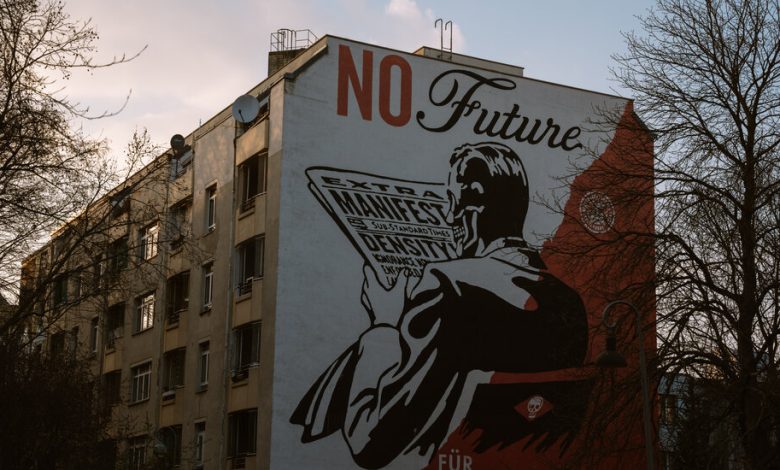As Graffiti Moves From Eyesore to Amenity, Landlords Try to Cash In

Julian Phethean’s first canvas in London was a shed in his backyard where he covered the walls with bold lettering in spray paint. When he moved his art to the city’s streets in the 1980s, it was largely unwelcome — and he was even arrested a few times.
“We had nowhere to practice,” he said. “It was just seen as vandalism.”
These days, the canvases come to Mr. Phethean, better known as the muralist Mr Cenz. Recent facades, which he shares with his sizable following, have included an abstract mural on a Tesla showroom and a portrait of Biggie Smalls, sponsored by Pepsi Max.
“I never would have envisioned that I’d be able to do it for a living,” he said.
Landlords wanting to attract young professionals once scrubbed off the rebellious scrawls. That was before graffiti moved from countercultural to mainstream. Now building owners are willing to pay for it.
From Berlin to London to Miami, the wider acceptance of graffiti has attracted developers looking to expand into trendy areas, companies wanting to relocate to hipper neighborhoods and brands seeking creative ways to advertise their products.
But that attention to once overlooked neighborhoods has pushed up rents, leaving artists, fans and local officials with a quandary: What happens after the street art that brought character becomes commodified?

Street art surrounding the Tea Building, a former tea-packing plant in London’s Shoreditch neighborhood.Credit…Sam Bush for The New York Times



